Table Of Contents
- What Is Drawcord?
- Function of a Drawcord
- Types of Drawcords Used in the Garments Industry
- Common Materials Used for Drawcords
- How Drawcords Are Made
- Applications of Drawcords in Garments and Accessories
- Key Features to Consider When Choosing Drawcords
- Sustainable Innovations in Drawcord Manufacturing
- Conclusion
- FAQs
What Is Drawcord?
A drawcord is a narrow cord, string, or rope used to tighten, secure, or adjust garments and accessories. You’ve probably seen one on a hoodie, a jogger waistband, or a gym bag. It’s that small detail most people overlook — until it disappears after a wash!
In the apparel industry, drawcords are not just functional; they define style, comfort, and identity. In 2023, about 65% of sportswear garments globally used drawcords for fit adjustment and design appeal. Whether it’s a cotton cord in a hoodie or a reflective one on a runner’s jacket, it plays a vital role in both form and function.
Function of a Drawcord
1. Adjustability and Fit
A drawcord lets you customize the tightness of waistbands, hoods, or hems. For example, in joggers, it secures the fit during movement without relying solely on elastic.
2. Aesthetic Enhancement
It’s not just about function. Designers often use contrast-colored drawcords to add visual appeal. Think of a black hoodie with white cords — simple yet bold.
3. Functional Performance
Drawcords enhance comfort and usability. In outdoor jackets, reflective cords improve visibility, while elastic versions in backpacks provide flexible tension.
Types of Drawcords Used in the Garments Industry
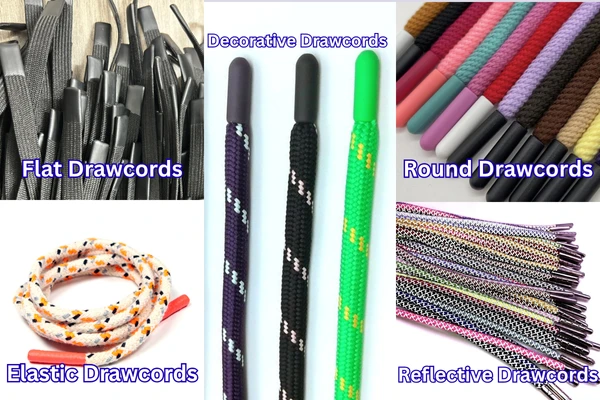
1. Flat Drawcords
These are wide and flat, usually made of woven cotton or polyester. You’ll spot them on sweatpants or hoodies. They provide excellent grip and resist rolling.
2. Round Drawcords
Round cords are braided and versatile. They work well for jackets, bags, and shoes. They’re stronger and more flexible than flat ones.
3. Elastic Drawcords
Made from rubber or spandex cores, elastic draw cords stretch easily. They’re popular in sportswear and swimwear, where flexibility matters.
4. Reflective Drawcords
Designed with reflective yarns, they increase safety for outdoor or nighttime wear. A small yet life-saving detail.
5. Decorative Drawcords
Purely aesthetic, these cords feature fancy tips, metallic coatings, or embossed logos — perfect for premium fashion brands.
Common Materials Used for Drawcords
Cotton Drawcords
Natural, breathable, and soft — a top choice for casual wear. Cotton cords absorb moisture but may shrink slightly after washing.
Polyester Drawcords
Durable, strong, and quick-drying. According to textile market data, over 45% of global drawcords use polyester due to its cost-effectiveness and colorfastness.
Nylon Drawcords
Smoother and stronger than polyester. Nylon cords are great for outdoor gear and performance apparel because of their high tensile strength.
Blended and Recycled Drawcords
A sustainable shift! Brands now use recycled PET bottles to create eco-friendly drawcords. Blends like cotton-poly or nylon-elastane improve flexibility and comfort.
How Drawcords Are Made

Braided vs. Knitted Structures
Braided cords interlace yarns diagonally, creating strength and durability. Knitted cords, however, feel softer and more elastic — ideal for sportswear.
Tipping and Finishing Methods
The cord ends are sealed using metal, plastic, or heat-sealed tips (aglets) to prevent fraying. Some brands even emboss logos for branding.
Quality Control and Testing
Each batch undergoes tensile strength, colorfastness, and wash durability tests to meet international apparel standards.
Applications of Drawcords in Garments and Accessories
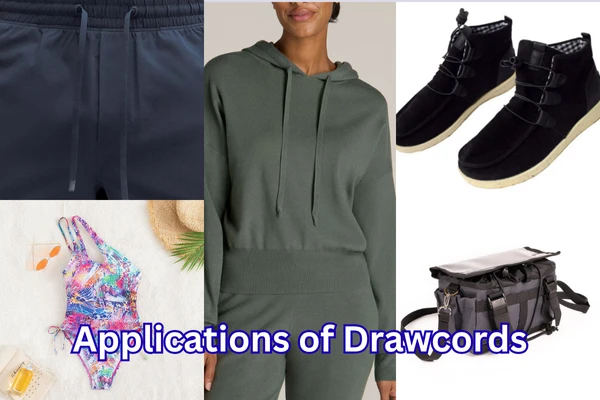
Sportswear
From track pants to gym shorts, drawcords maintain fit and freedom of movement.
Hoodies and Jackets
Used to adjust hoods or hems for warmth and fit. A hoodie without a drawcord? Almost feels incomplete.
Activewear and Swimwear
Elastic cords keep swim trunks secure and comfortable during motion.
Bags, Footwear, and Home Textiles
In bags, they act as closures. In shoes, they replace laces. Even curtains and laundry bags use them!
Key Features to Consider When Choosing Drawcords
- Strength: Must withstand repeated pulling without breaking.
- Durability: Resistant to abrasion and washing cycles.
- Elasticity: Required in activewear or adjustable areas.
- Colorfastness: No one wants cords that bleed color after one wash!
Sustainable Innovations in Drawcord Manufacturing
The world’s moving toward eco-conscious production.
- Recycled polyester drawcords reduce plastic waste.
- Organic cotton cords support sustainable farming.
- Low-impact dyeing techniques cut water usage by up to 40%.
Brands like Adidas and Patagonia now use recycled drawcords in over 60% of their sportswear lines. A small cord, yet a big step for the planet.
Conclusion
A drawcord may look small, but it carries big responsibilities — function, fashion, and sustainability. From humble cotton cords to advanced reflective or recycled ones, it’s a detail that shapes comfort and style.
As a textile technologist, I often say, “If a garment fits perfectly and feels effortless, thank the drawcord quietly.”
FAQs
1. What is the main purpose of a drawcord?
It’s used to adjust fit and secure openings in garments like hoodies, joggers, and bags.
2. Are drawcords and strings the same?
Not exactly. All drawcords are strings, but not all strings are engineered with strength, structure, and finish like drawcords.
3. Which material is best for drawcords?
Polyester is the most common due to its durability, followed by cotton for comfort.
4. Can drawcords be recycled?
Yes. Many manufacturers now make drawcords from 100% recycled polyester or cotton waste.
5. Why do some garments skip drawcords?
For safety or minimal design aesthetics. Kids’ garments, for instance, often avoid drawcords to meet safety standards.





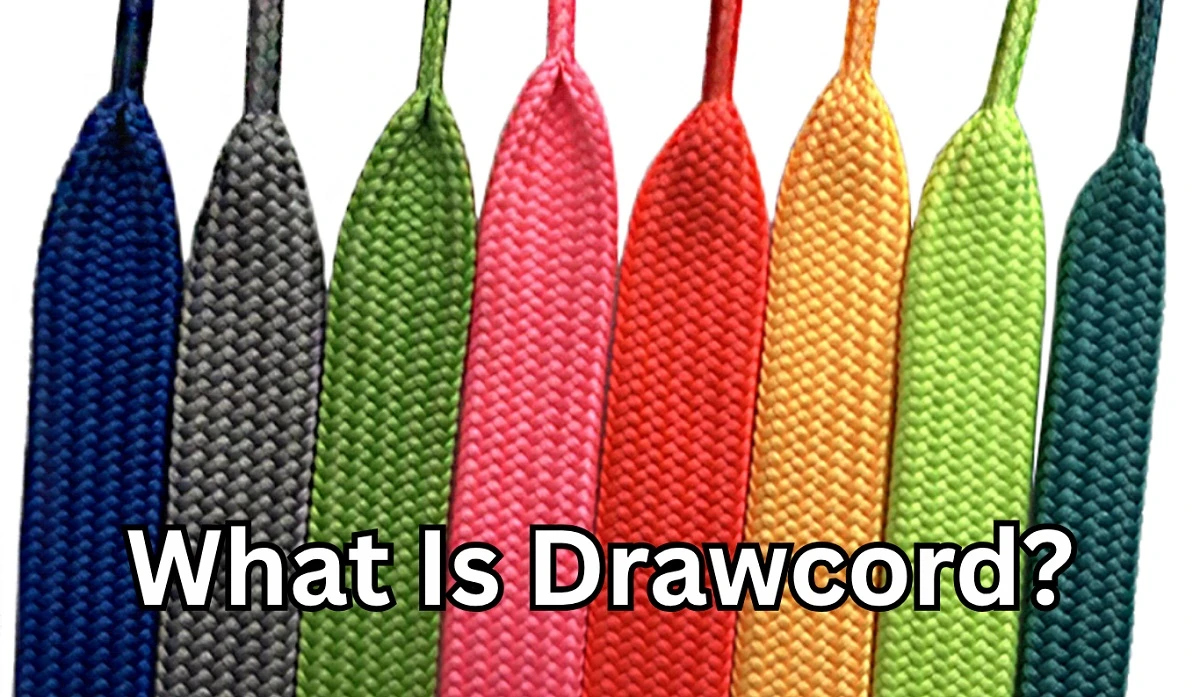
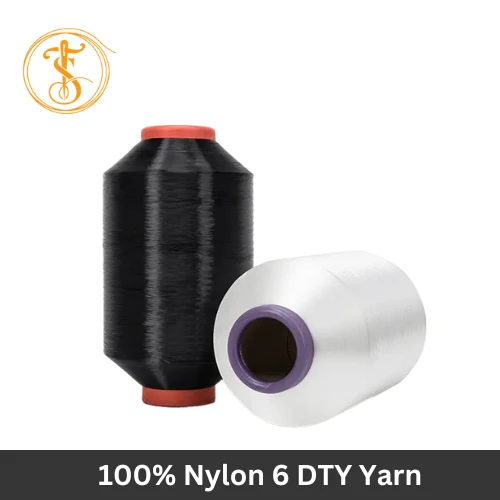

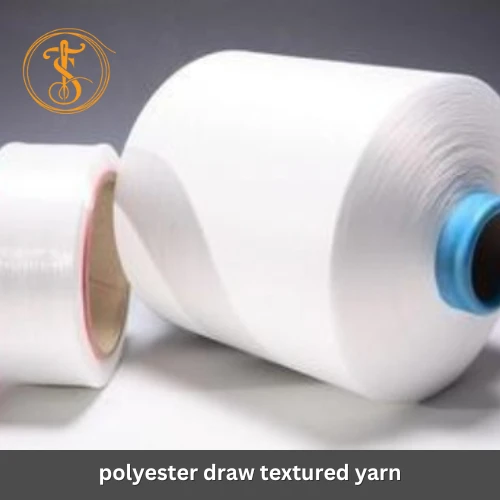

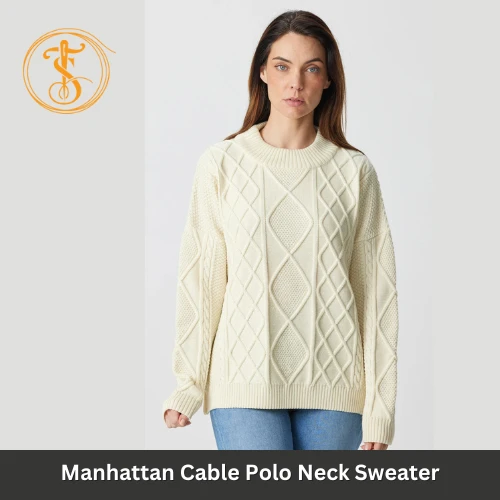
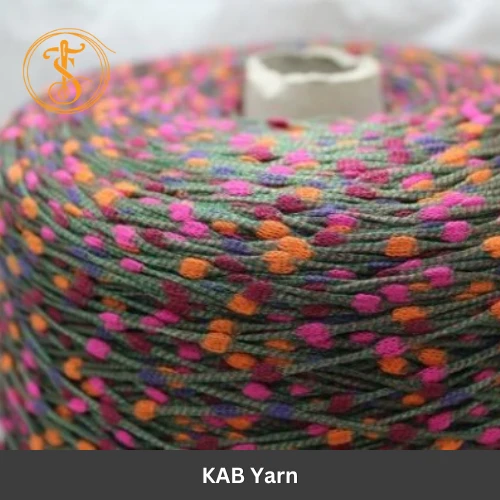
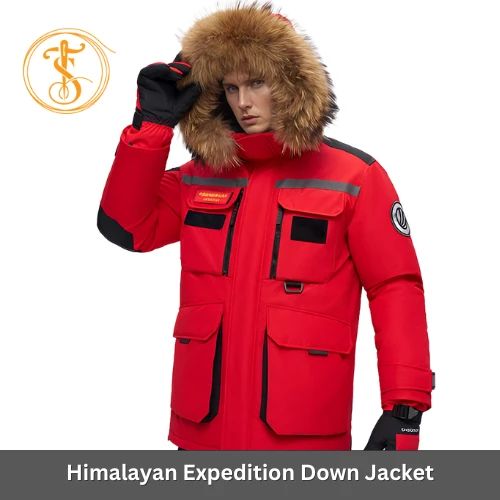

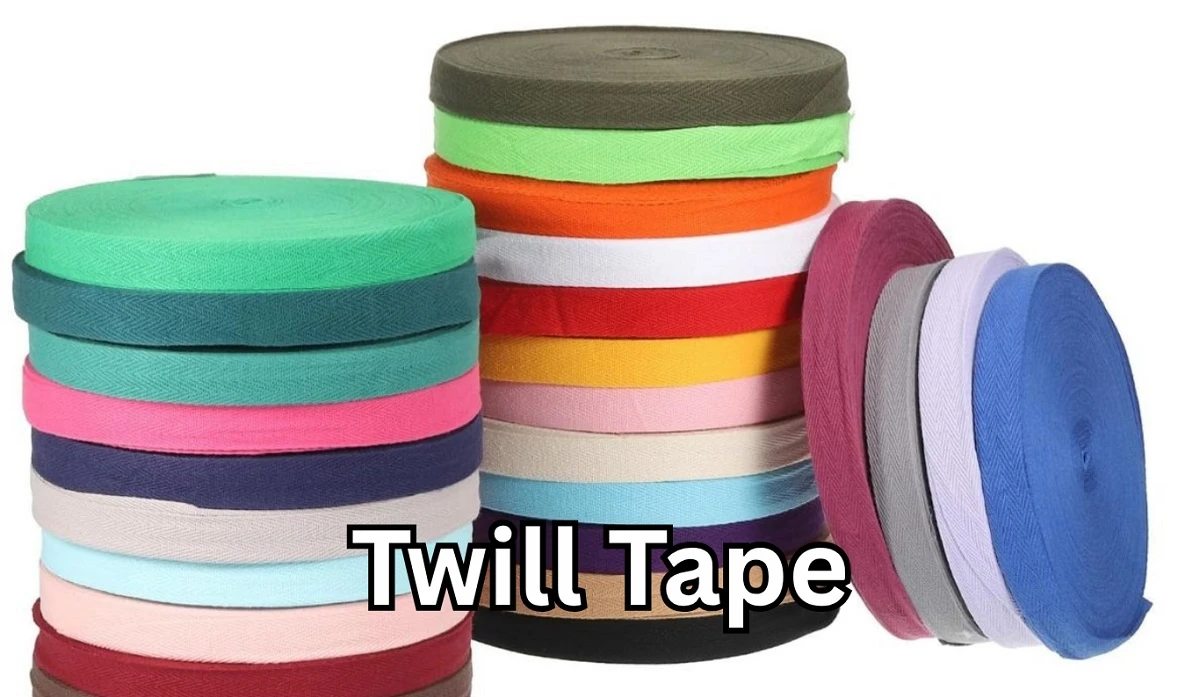

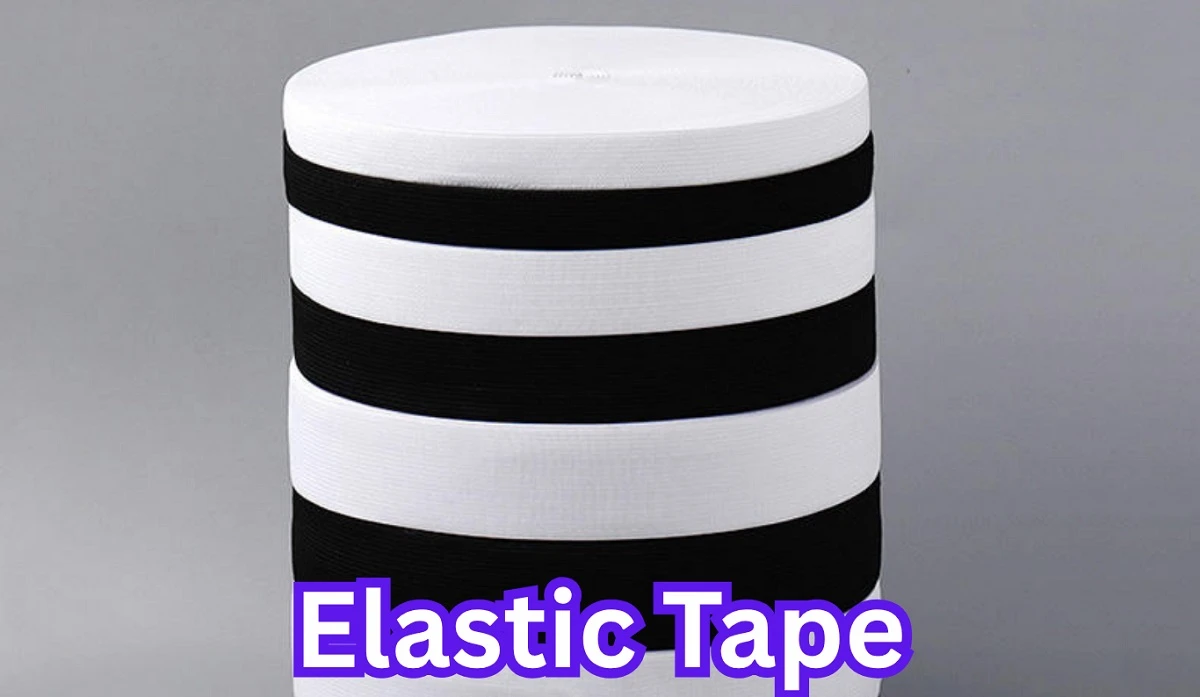
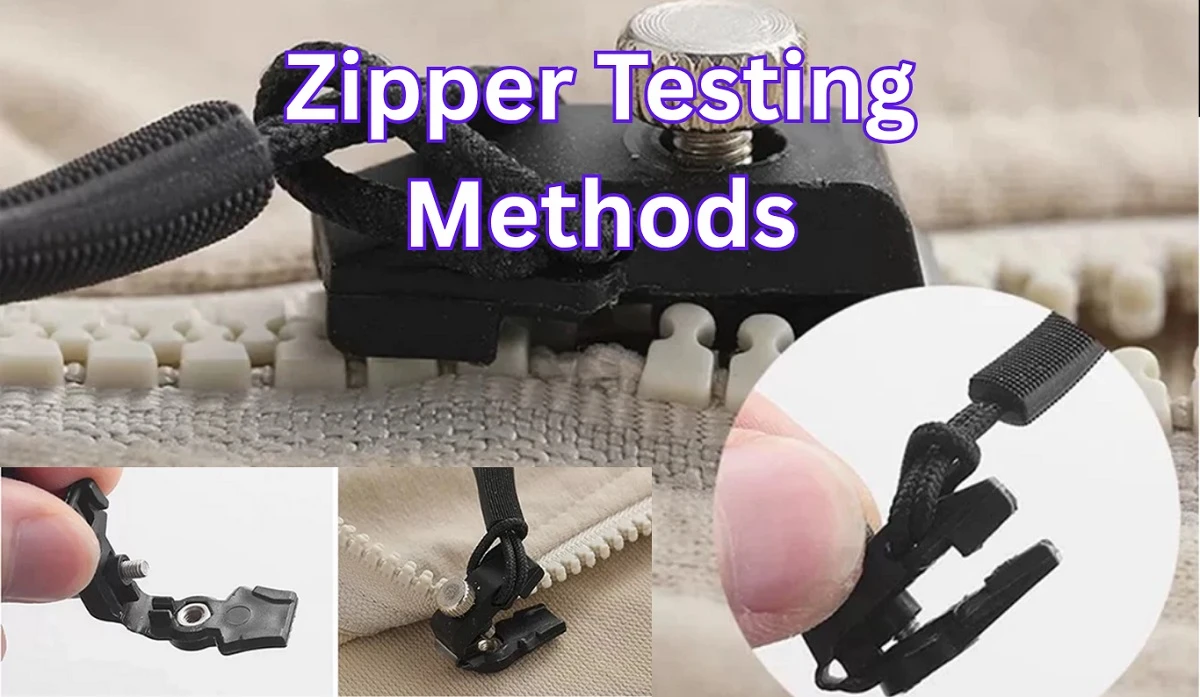

Comments - 00
Leave A Reply
Thanks for choosing to leave a comment.